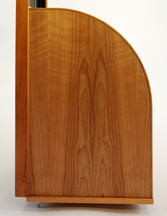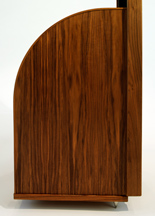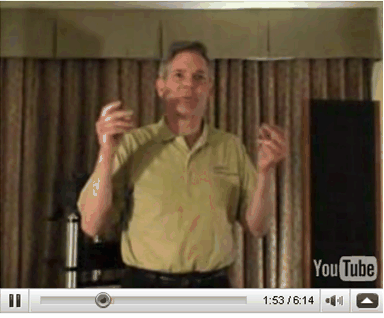ESL Mark II Amplifier
Price: $6,000
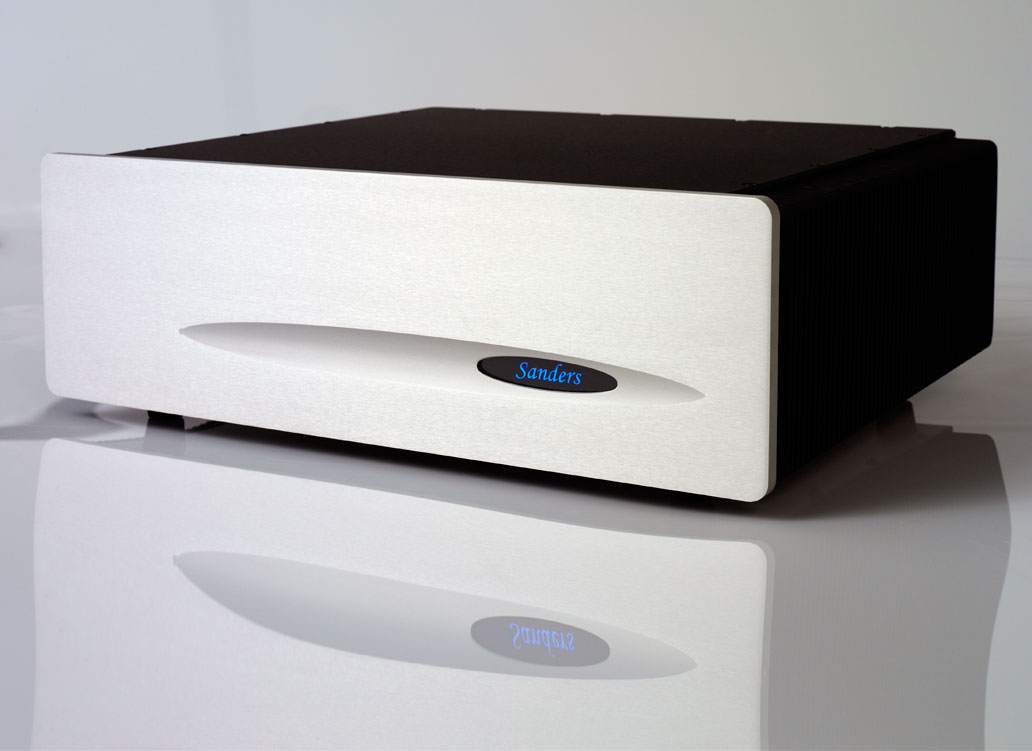
Additional features of the ESL amp is that it has been designed to be compact enough to be placed on a shelf and it is very efficient so that it runs just slightly warm. This high efficiency eliminates the waste of massive amounts of electricity like most amplifiers. It does not heat your room, so does not require additional waste in the form of extra air conditioning.
The new features that produce the Mk II version of the ESL amp is the use of a new, higher voltage, more powerful power supply transformer and the use of Thermal Trak transistors. The new toroidal transformer is potted in epoxy and covered with a metal shield so that there is no stray magnetic fields to cause hum. The additional power and voltage increases the power to over 400 watts/channel into an 8 ohm load and to 780 watts into a 4 ohm load.
This has special significance when driving ESLs, which are actually driven by voltage, not current as is the case with magnetic speakers. The ESL amp Mk II can drive 64 volts (RMS) into an ESL. This will play them at very loud levels and makes it possible to reproduce dynamic music at live levels with ESLs that are capable of such performance.
The bias levels in conventional solid state amplifiers are highly unstable. This is due to the fact that the bias is highly variable depending on the temperature in the output transistor junctions. The junctions are very small, so sudden large changes in the electrical current passing through them will cause an instantaneous and dramatic increase in the bias.
Well designed, conventional amplifiers try to deal with this by sensing the temperature of the heat sinks upon which the transistors are mounted. But it takes several minutes for the heat in the transistor junction to soak into a massive heat sink and change its temperature.
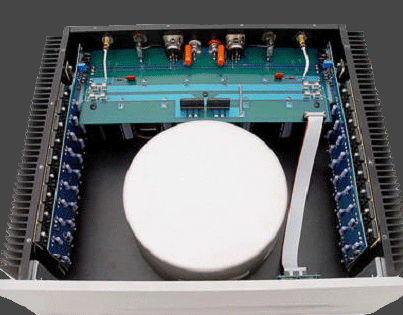
Since transistor junction heat causes an increase in the bias current, and bias current causes an increase in the junction temperature, "thermal runaway" can occur and the transistor will fail due to excessive temperature. Protective circuitry usually is necessary to prevent this.
But the recent development of "Thermal Trak" transistors solves all these problems. Thermal Trak transistors have a microscopic temperature sensor built right into the junction of the transistor. It is therefore possible to monitor the temperature of the transistor junction in real time and use that information to adjust the amplifier's bias instantly to maintain an absolutely stable bias current under all conditions. This assures that the bias will always be at an optimum level with no chance of thermal runaway.
The result of using Thermal Trak transistors means that the Mk II ESL amplifier's bias can be optimized for extremely low distortion levels with minimum heat production. It also means that the warm-up time for the amplifier (where the bias is optimal) is only a few of minutes instead of several hours.
FEATURES
-
The quality of construction is typical of the finest components being made today.
-
No capacitors are used in the signal path.
-
The amplifier runs very cool.
-
Resistors are high-reliability, precision, metal film, 1% tolerance.
-
A massive output stage using 20 transistors makes the amplifier extremely rugged and reliable. It will drive the most difficult (low impedance and reactive) loads without strain or damage, which is why it is ideal for driving electrostatic loudspeakers.
-
Connectors are gold or rhodium plated.
-
Both unbalanced (RCA) and balanced (XLR) input connectors are standard.
-
The finest quality, German, gold-plated, WBT binding posts are used. These are widely spaced and positioned at a 45 degree angle for ease of use and speaker cable routing.
-
The amplifier is modular in construction for easy servicing or upgrading.
-
The line voltage is user-selectable from the rear panel so the amplifier can be used anywhere in the world without having to be modified at the factory for different voltages.
-
Available with either black or silver face plates.
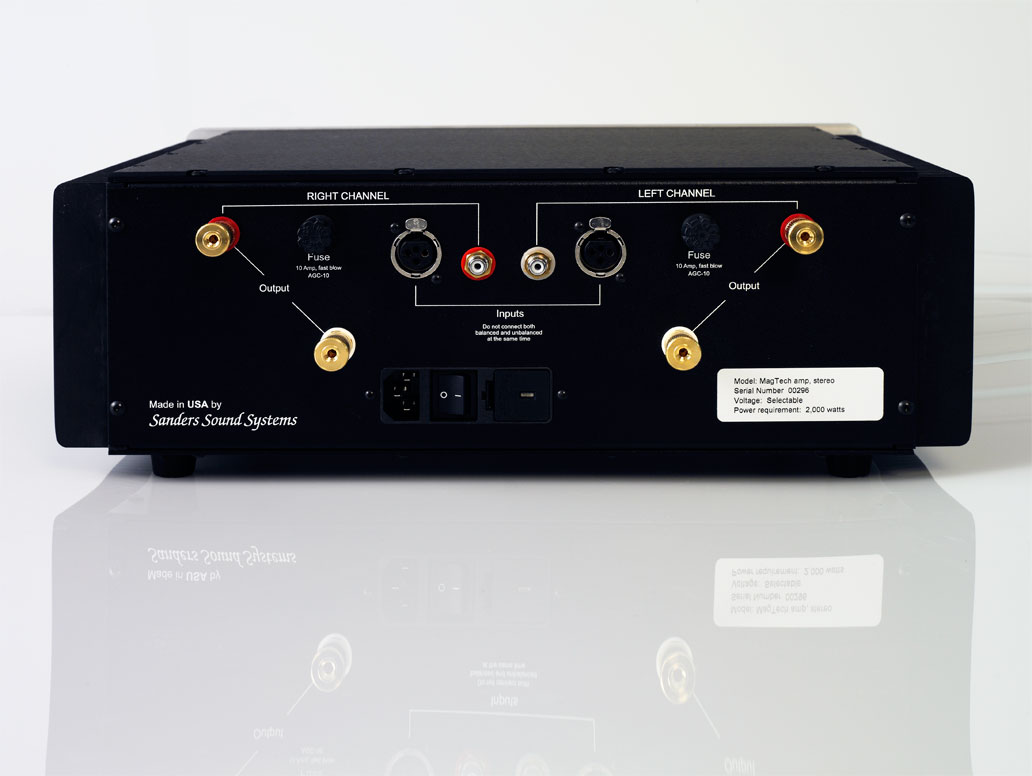
SPECIFICATIONS OF ESL MARK II AMPLIFIER
Electrical Specifications
| Power (Stereo Version) both channels driven from 20 Hz to 20 KHz 400 watts RMS per channel into an 8 ohm load |
Bandwidth DC through 100kHz
|
|
Class of Operation Class AB |
Slew Rate 500 Volts/microsecond |
|
Input voltage required for full output 2.2 Vrms |
Input Impedance 100 K unbalanced |
|
Gain 26dB |
Noise More than 120dB below rated output |
|
Damping Factor Greater than 800 into an 8 ohm load |
THD Less than 0.01% at rated power and full bandwidth. Typically less than 0.0028% at small signal level |
|
Voltage Voltage is user selectable for use world-wide. |
IMD Less than 0.01% at rated power and full bandwidth. Typically less than 0.0028% at small signal level |
Weight and Dimensions
|
Weight 55 pounds (25 Kgs) |
Dimensions 17" wide x 6" (including feet tall) x 15" deep (including binding binding posts) 43cm x 15.2cm x 40.6cm 17" wide x 5.5" (NOT including feet) tall x 14" deep (NOT including binding binding posts) 43cm x 14cm x 35.5cm |
Electrostatic Speakers
Roger Sanders built his first ESL (ElectroStatic Loudspeaker) in 1972. He quickly appreciated the superior performance that a massless electrostatic offered over conventional magnetic speakers with regards to low distortion, lack of resonances, and incredible detail. But their problems of limited output, inability to produce deep powerful bass, and unreliability have kept him busy improving them over the last 30+ years.
The result of this lifetime of work is that Sanders Sound Systems ESLs are the only ones to have solved all the problems and limitations of ESLs. Roger's "Ultrastat" panels will play at ear-bleeding levels, cannot be arced, do not use or need protective circuitry, are immune to humidity, dust, and dirt, and do not need or use dust covers. They can be driven by multi-thousand watt amplifiers without damage. They are more rugged than conventional magnetic drivers. They do not fail and are so robust that they come with a lifetime warranty.
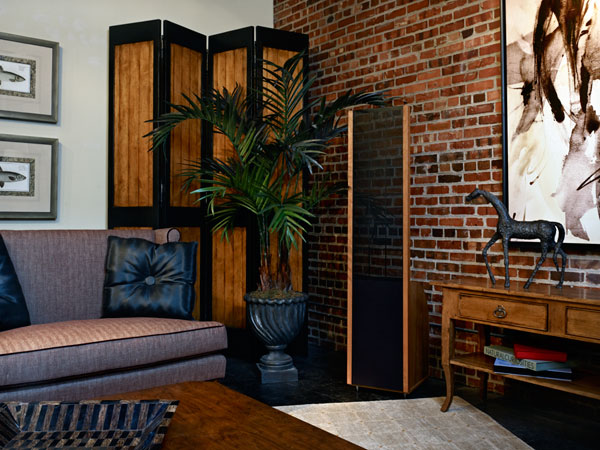
The Absolute Sound has Awarded our Model 10c Electrostatic Speakers
(click image below to view award)
Sanders Sound hits the Sweet Spot - AudiogoN
A major part of his work was devoted to dealing with the issue of high frequency "beaming" in large, planar loudspeakers. To deal with this issue, he invented the free-standing, curved, electrostatic panel. This made it possible to widely-disperse the high frequencies from a large ESL. He published this invention in Speaker Builder Magazine in 1980. The Martin Logan company adopted his technique in their ESLs.
Roger expected that his wide-dispersion, curved panels would perform better than narrow-dispersion, planar speakers. But he discovered that the curved panel was inferior to a planer one with respect to transient response, imaging, frequency response, speaker placement, and output. These problems caused by wide-dispersion speakers spraying their sound all over the room instead of being directed at the listener. As a result, in a wide-dispersion speaker, the listener hears the room with all its confused and delayed reflections instead of the superb sound available directly from a planar ESL. Roger won't compromise the quality of the sound by using his wide-dispersion design, so he abandoned it in favor of planar ESLs. The sound from his planar speakers are superior to all others with regard to transient response, 3-dimensional imaging, and frequency response.
Full-range, crossoverless ESLs are widely believed to be the "holy grail" of loudspeakers. In theory, using a single drive to reproduce the entire audio range, without the problems introduced by crossovers, would be ideal. Roger has built many such speakers. But the laws of physics cannot be circumvented. A full-range ESL simply cannot produce deep, powerful bass or have generally high output and full dynamic range.
Roger spent 17 years developing woofer systems that would blend seamlessly with a massless ESL to produce outstanding bass and end the frustrating limitations of full-range ESLs. His well-designed, hybrid systems are far superior to a full-range, crossoverless ESL.
While building and selling full-range ESLs is easier and less costly than a hybrid, Roger won't compromise . Therefore all Sanders speakers are hybrids.
Crossovers are a major limitation in conventional speakers. The passive crossovers typically used are seriously flawed and cannot be used if you want a speaker with the highest possible performance. Electronic crossovers and bi-amplified operation are far superior to passive crossover systems and are absolutely essential for spectacular speaker performance. Therefore, all Sanders' speakers come with electronic crossovers and bi-amplification. 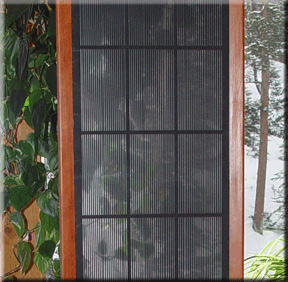
We supply an amplifier and electronic crossover with each speaker system.
To eliminate the usual customer complaint about having to buy two amplifiers to operate bi-amped speakers, Sanders supplies a bass amplifier as part of each speaker system. The customer then only has to provide a single amplifier of his choice just as they would for any conventional speaker system.
These amplifiers are not cheap, underpowered, or Class D switching amplifiers. They are multi-hundred watt, Class AB amplifiers that are very expensive, offer the finest in performance, come in beautiful chassis, and will drive the speakers with full dynamic range at realistic, concert hall levels.
When a speaker system is put in a room, it will interact with the room and this will have adverse effects on the sound. Even a "perfect" speaker system will be degraded by the room. It therefore is essential for all speakers to be adjustable to compensate for room effects. The electronic crossovers used in Roger's speaker systems have extensive controls to allow the user to adjust the speaker to compensate for the flaws in his listening room.
In summary, Sanders' speakers use the finest technology and design possible.
No compromise is made to either to reduce cost or sacrifice any aspect of speaker performance. The combination of electrostatic mids/highs, transmission line woofers, and fully adjustable electronic crossovers makes it possible finally to have a speaker system that can do it all without compromise.
|
|
10d - Latest verison of the Model 10 speaker with new bass driver and revised transmission line, digital crossover and Magtech Amplifier; offered at $15,000. The Model 10d will be offered in addition to the Model 10c and Model 11. |
| ESL Speakers White Paper | UltraStat Panel White Paper |
| Transmission Line White Paper | Dispersion White Paper |
